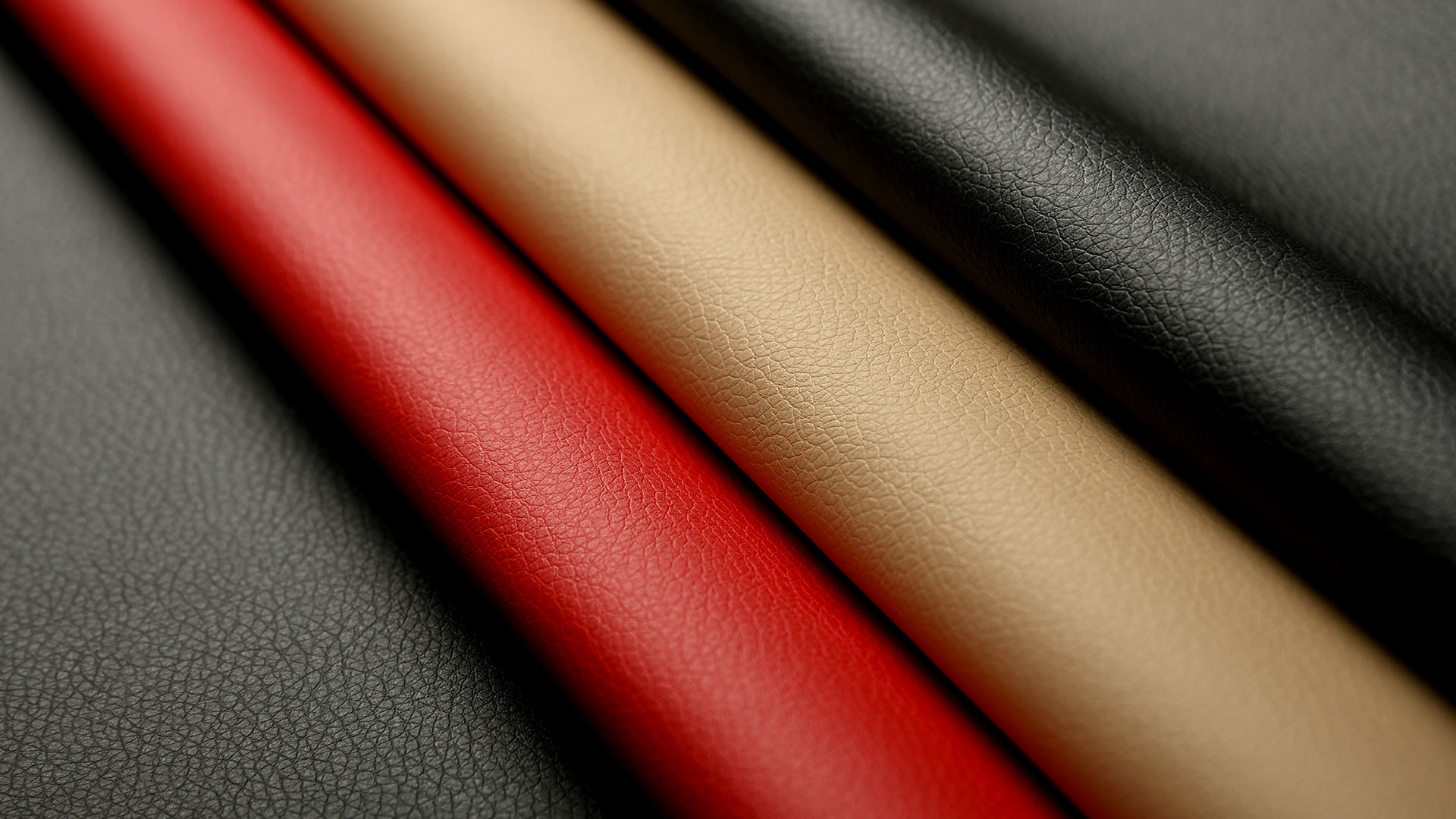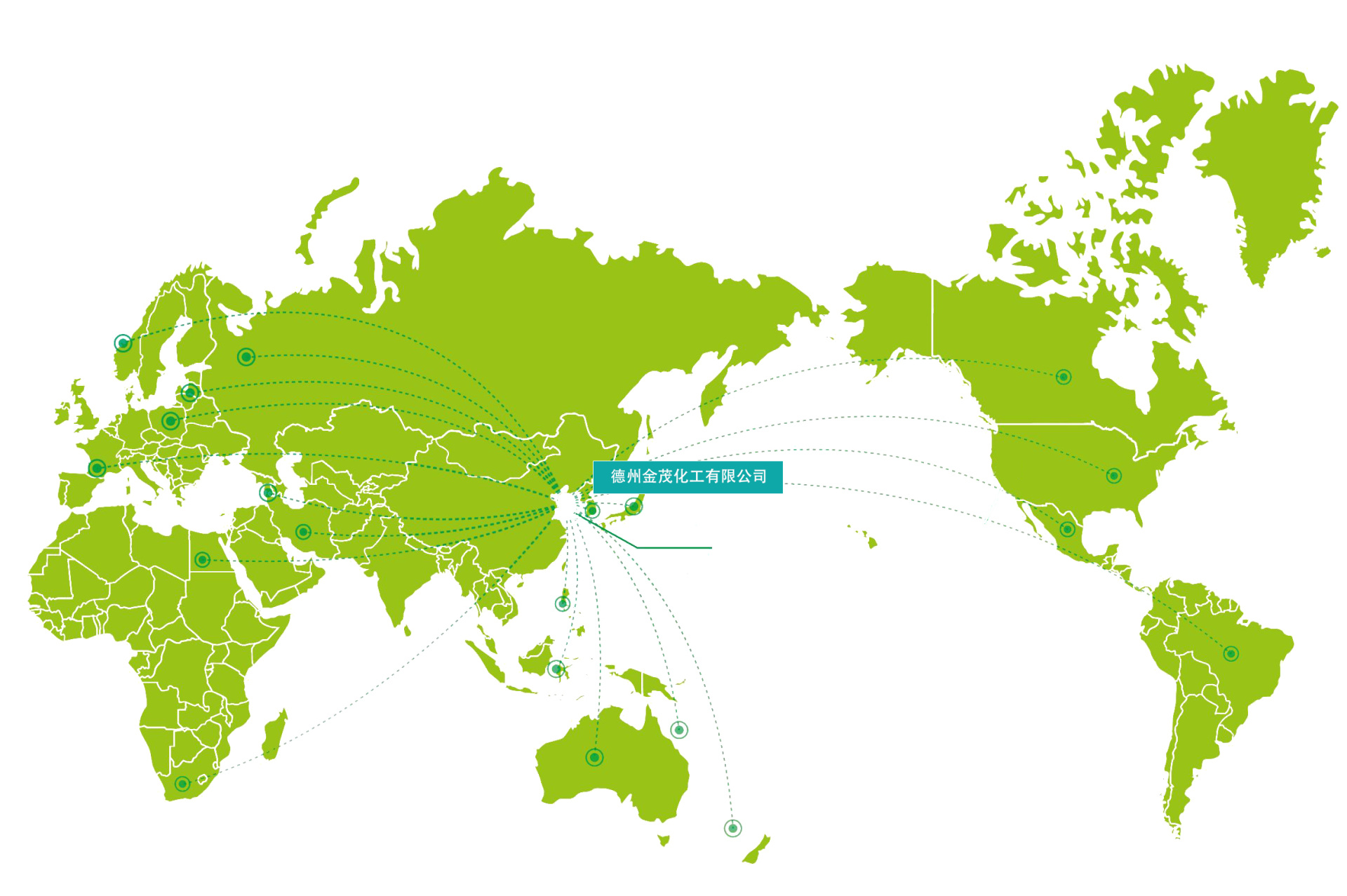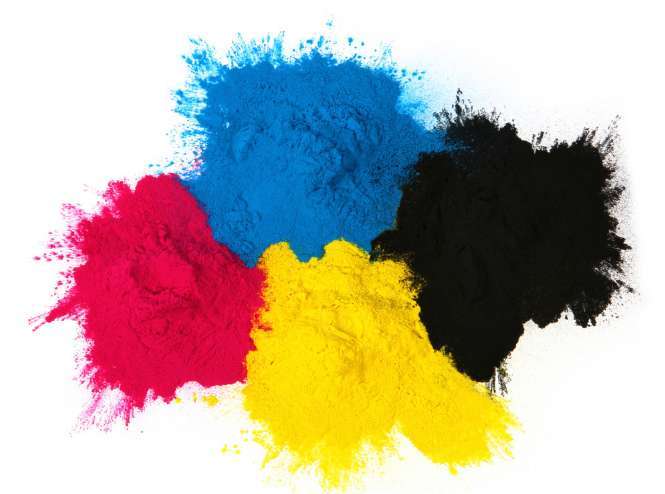Basic Knowledge of Acid Dyes
Traditional acid dyes are water-soluble dyes, with dye structuresincontaining acidic groups, usually dyed under acidic conditions.
1. Overview of Acid Dyes
History of Acid Dyes: The earliest acid dye, triarylmethane acid dye, appeared in 1868, with strong dyeing ability butweaknessin strength.In 1877, the first acid dye for wool dyeing—Acid Red A—was synthesized, and its basic structure was determined. After 1890, acid dyes with anthraquinone structures were invented, and their chromatographic analysis became increasingly refined. To date, there are nearly hundreds of types of acid dyes, widely used in dyeing fibers such as wool, silk, and nylon.

2. Classification of Acid Dyes
Acid dyes can be classified based on the molecular structure of the dye matrix into: azo (60%, broad-spectrum); anthraquinone (20%, mainly blue and green); triarylmethane (10%, purple and green); heterocyclic (10%, red and purple).
3. Related Terms of Acid Dyes
1. Colorweakness: Refers to the resistance of textiles to various physical, chemical, and biochemical actions during dyeing, use, and color removal.in2. Standard Depth: A recognized series of depth standards, defining equal depth as a standard depth of
1/1. Colors of the same standard depth are psychologically perceived as equal, allowing for comparison of colors on the same basis.in. 3. Dyeing Depth: Expressed as a percentage of the dye quality to the fiber quality (i.e., O.M.F), with dye concentration varying according to different hues.4. Color Change: The change in color of dyed fabrics after certain treatments, in terms of brightness, depth, or gloss, or a combination of these changes.weakness5. Dyeing: After treatment, the color of the dyed fabric transfers to adjacent linings, contaminating the linings.6. Gray Sample Card for Color Change Evaluation: Color
testing
is used to evaluate the degree of color change in dyed products, generally referred to as color change sample cards.
7. Gray Sample Card for Dyeing Evaluation: In colorweakness, used to evaluate the dyeing degree of dyed fabrics, generally referred to as dyeing sample cards.in8. Lining: In color
testingweakness, used to evaluate the dyeing degree of dyed fabrics, generally referred to as dyeing sample cards.in, to determine the dyeing degree of the dyed fabric on other fibers, untreated white fabric is processed together with the dyed fabric.
4. Common Colors of Acid Dyesweakness1. Lightfastnessin: Also known as lightfastness
, the color of textiles is resistant to artificial light, with a general testing standard ofweakness
ISO105 B02; 2. Color Fastness to Rubbingweakness: The resistance of textile colors to rubbing can be divided into dry rubbingweaknessand wet rubbing.3. Color Fastness to Chlorinated Water
: Also known as chlorinated pool colorweakness, generally tested by simulating the concentration of chlorine in swimming pools. For example, suitable for nylon swimsuits, the testing method isweaknessISO105 E03 (effective chlorine content 50 ppm);weakness5. Dyeing: After treatment, the color of the dyed fabric transfers to adjacent linings, contaminating the linings.
3.耐氯水色weakness:又称耐氯池色weakness,一般通过模拟游泳池in氯的浓度来测试织物耐氯变色的程度。比如适用于尼龙泳衣,检测方法为ISO105 E03(有效氯含量50 ppm);
Latest developments






